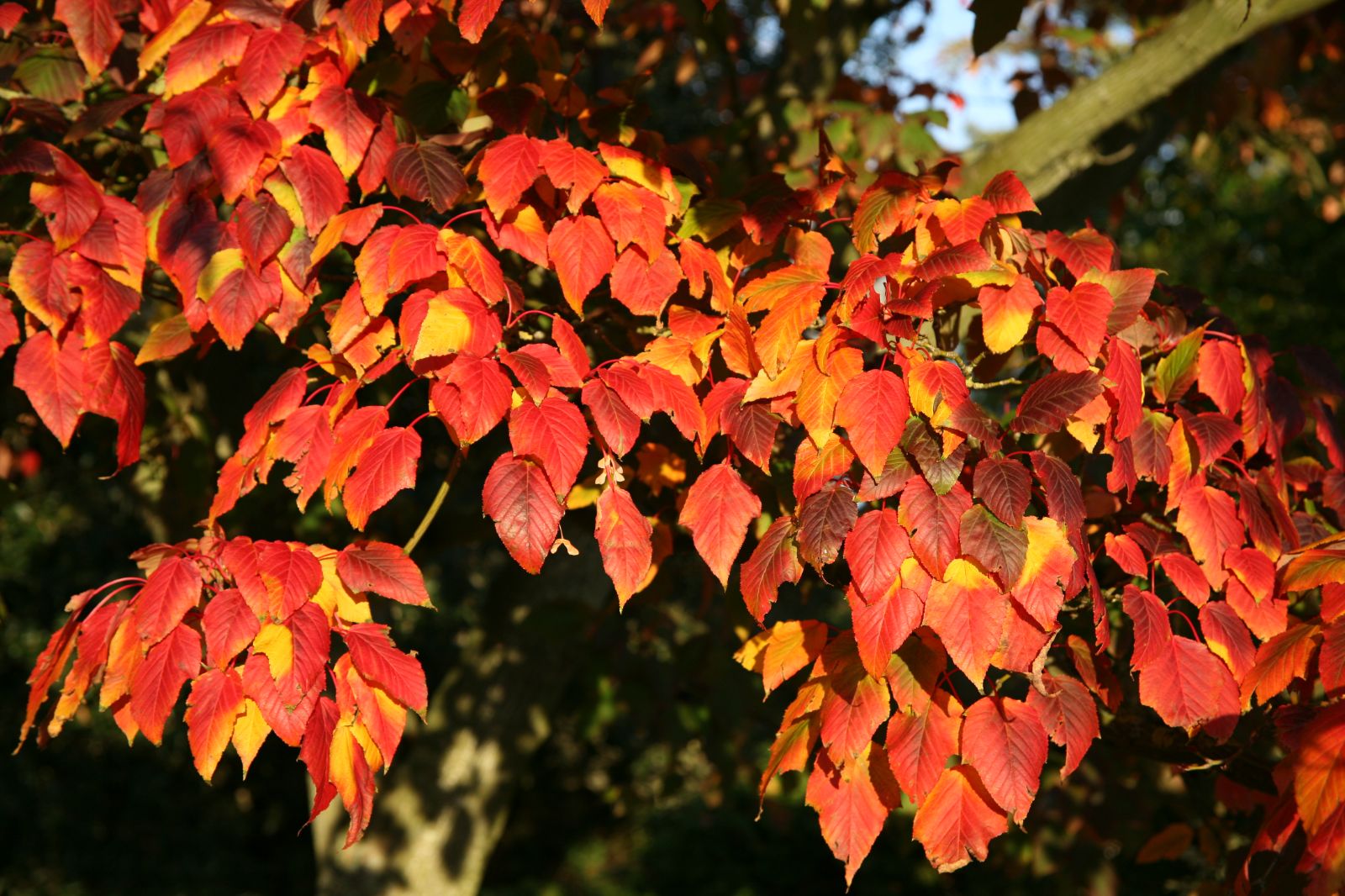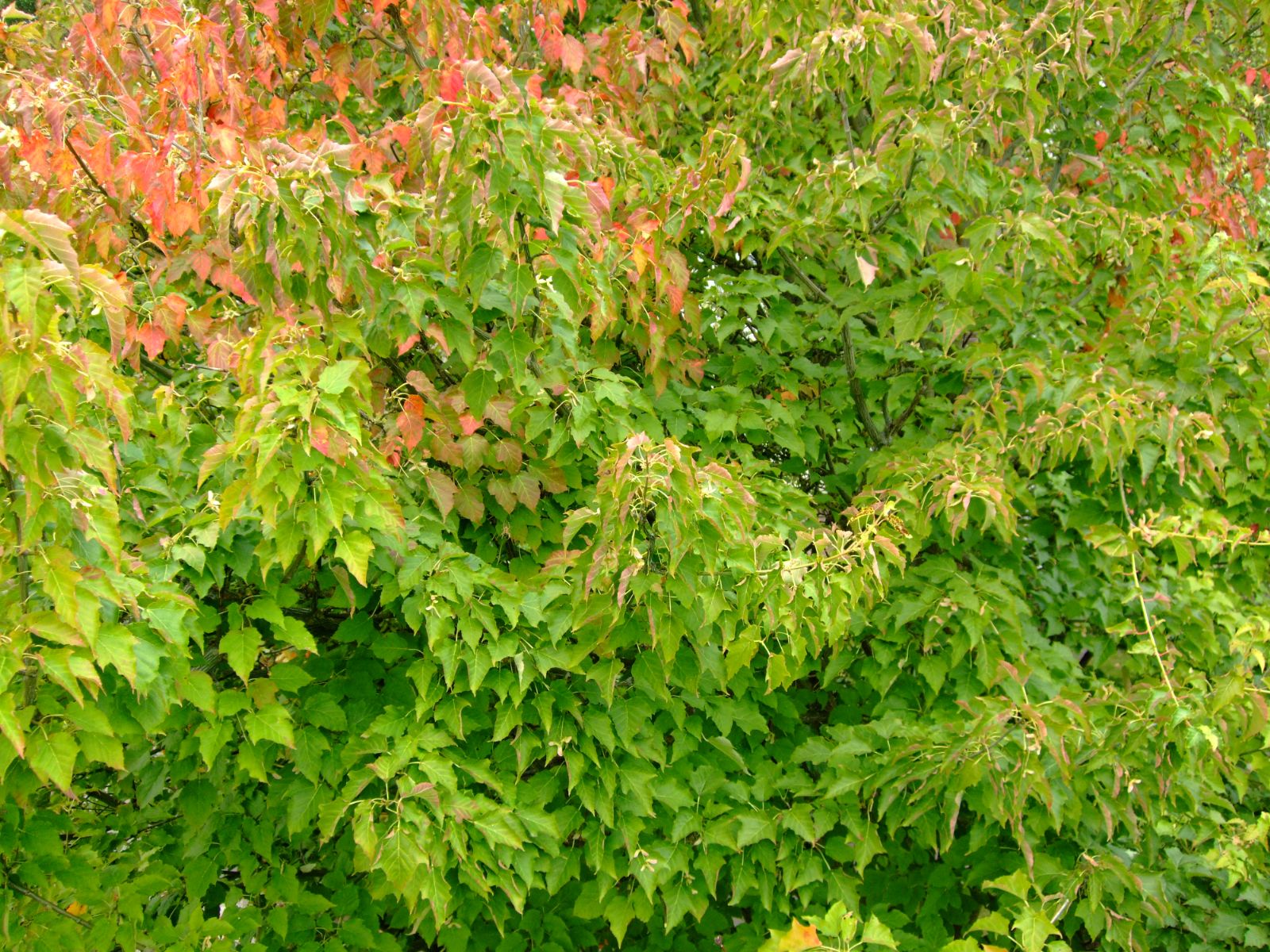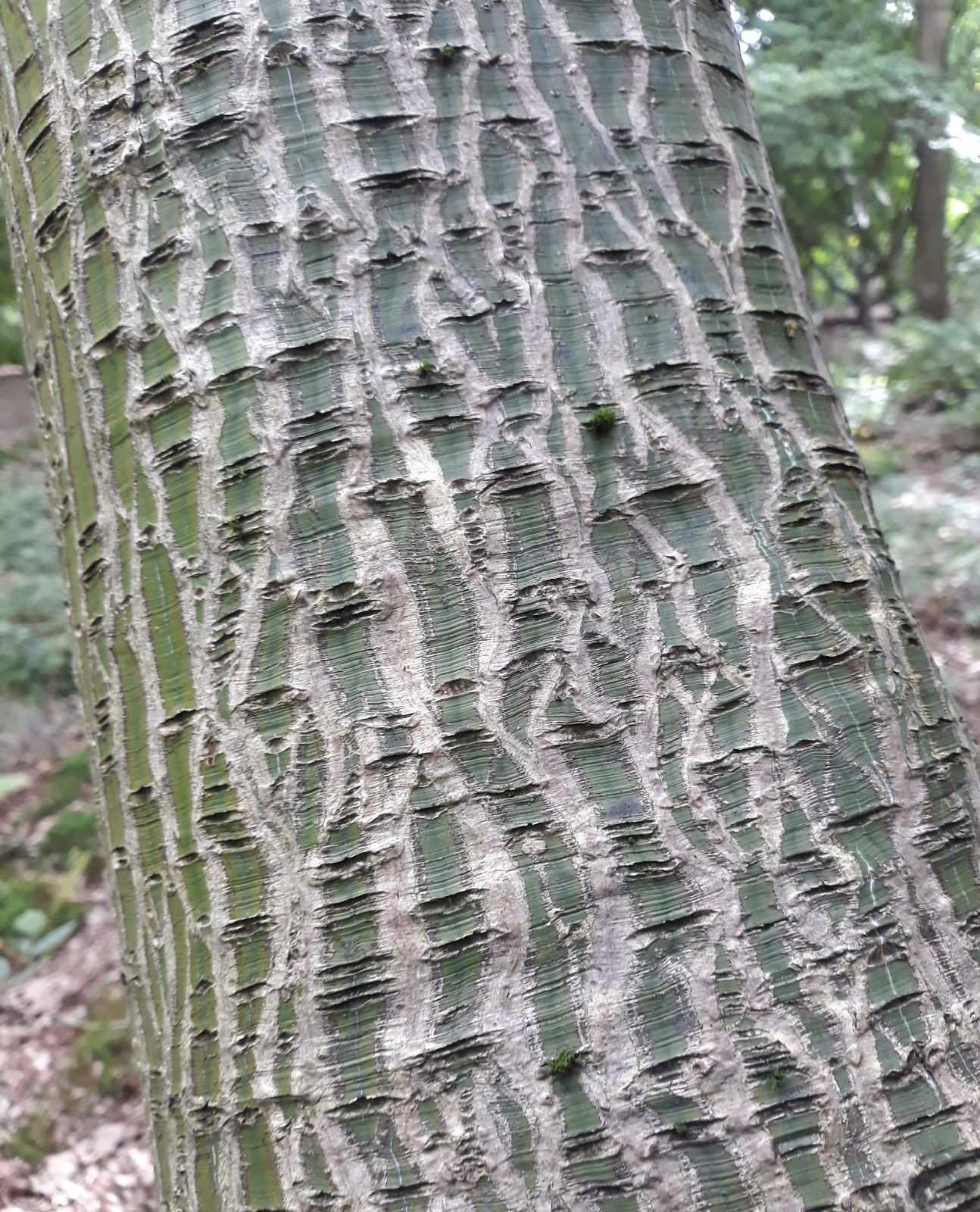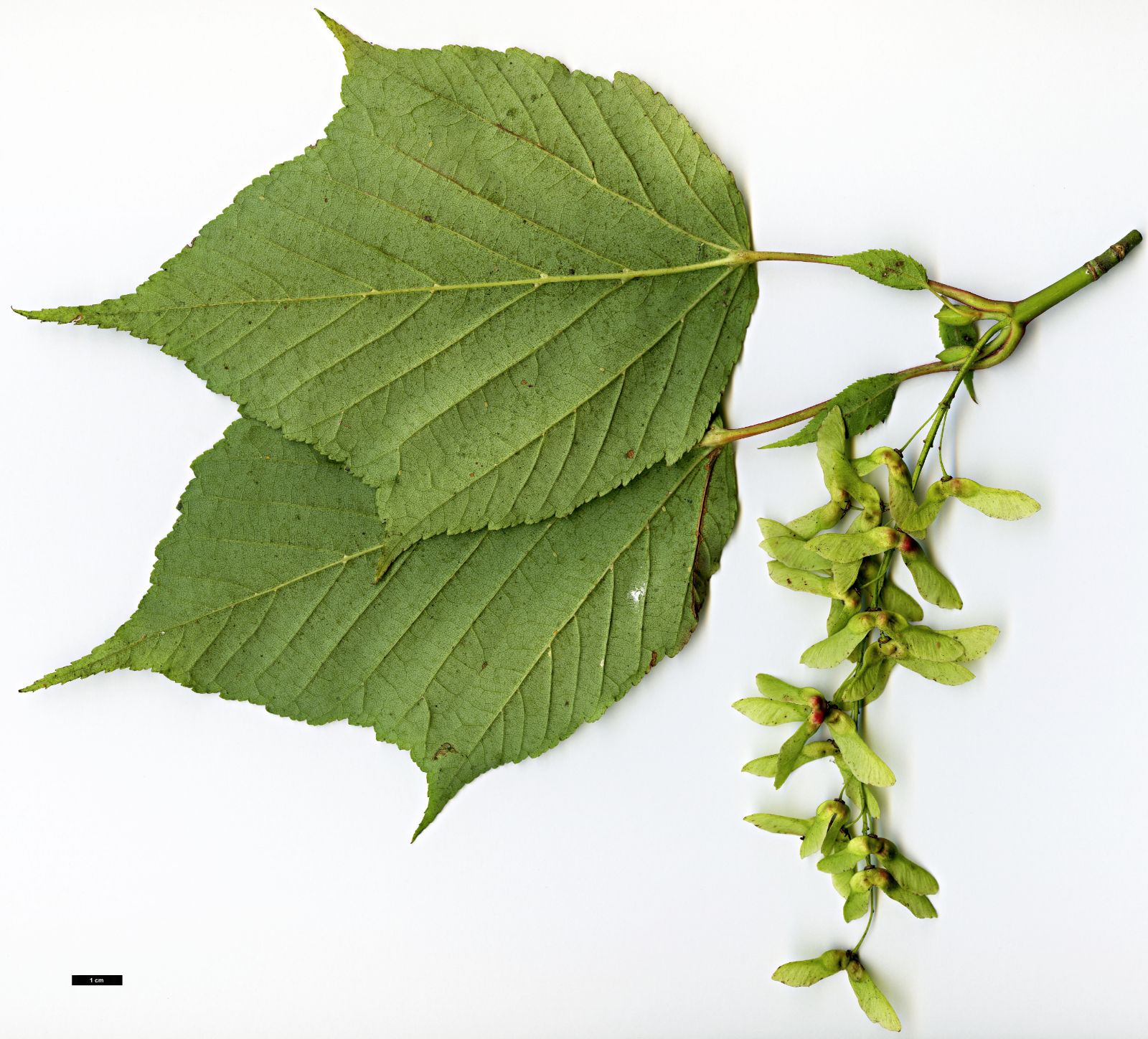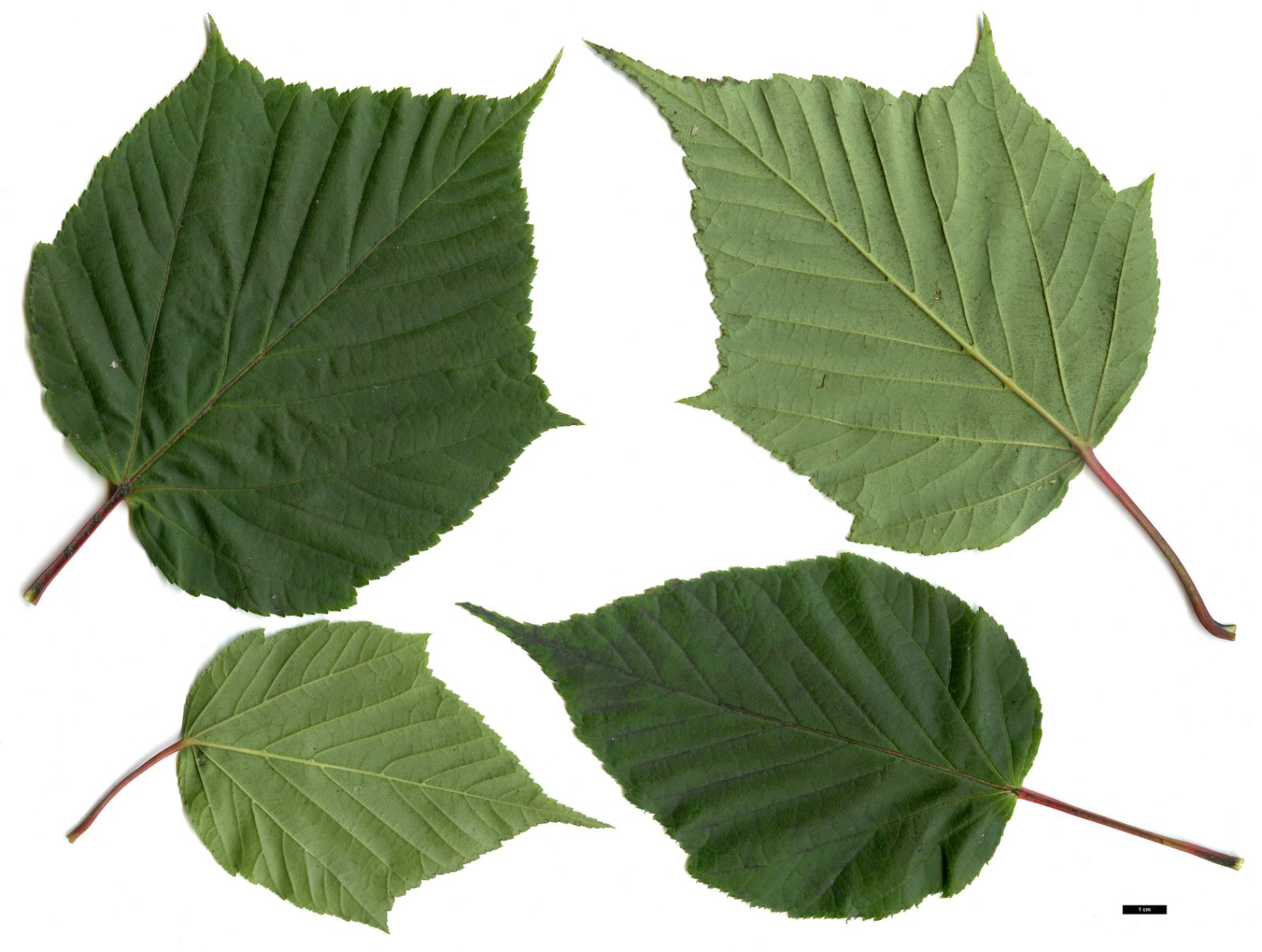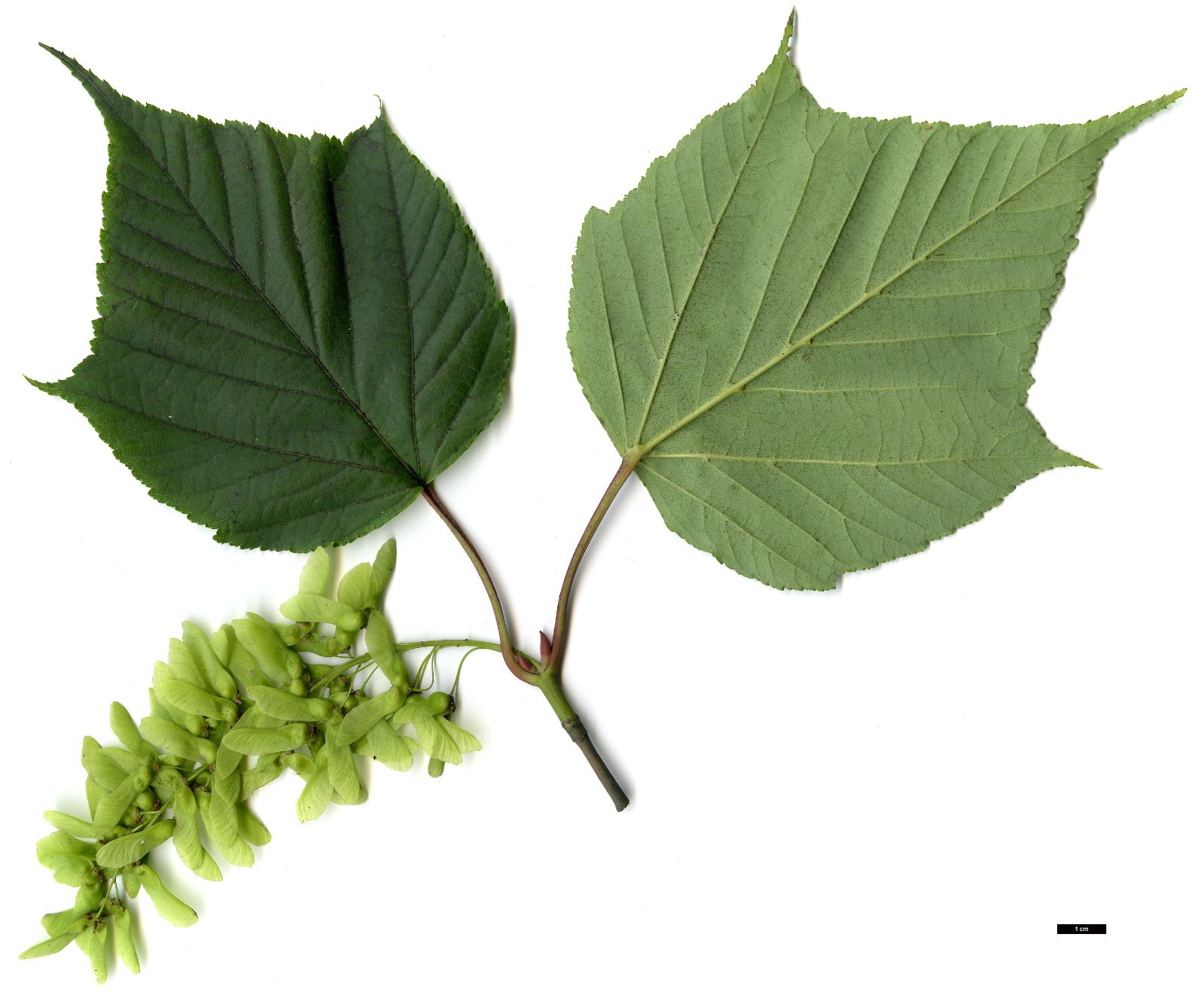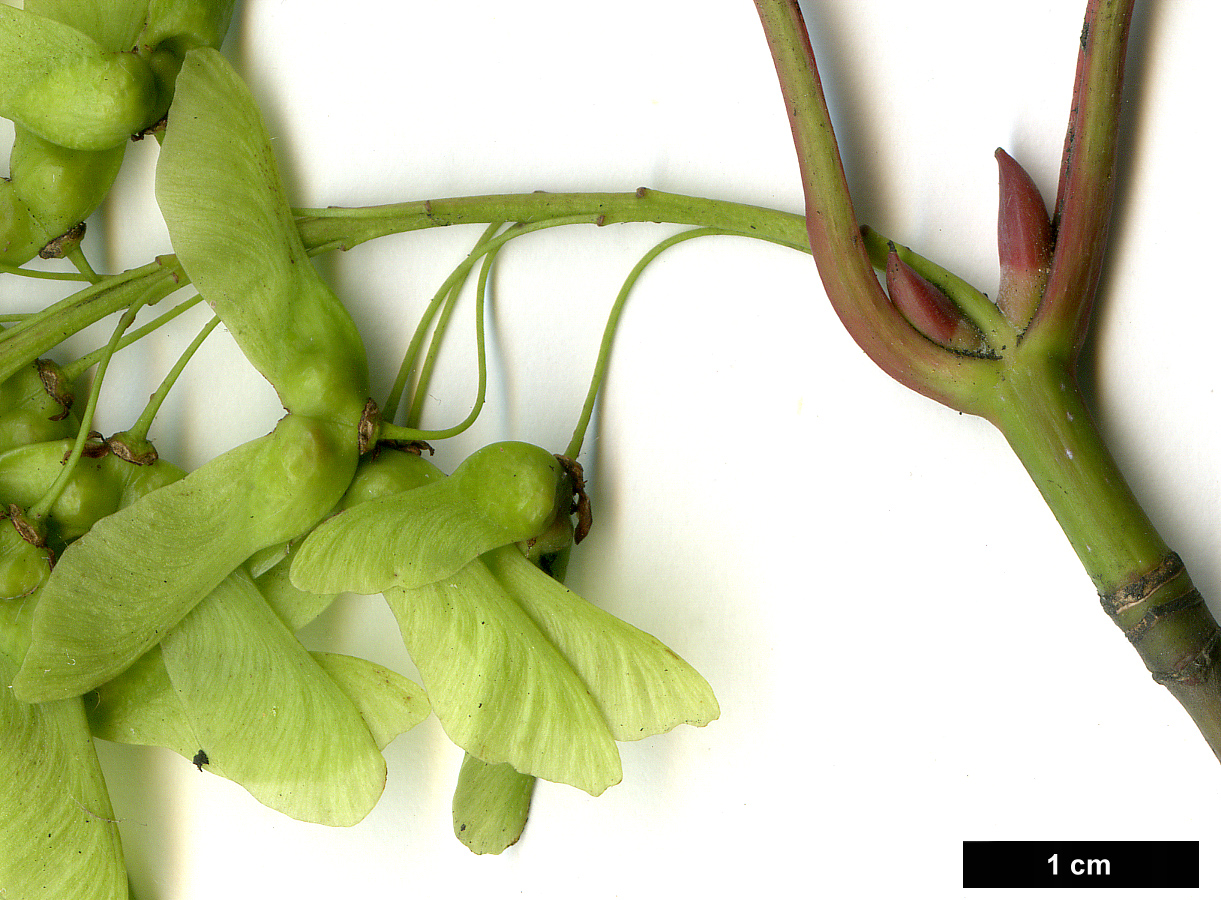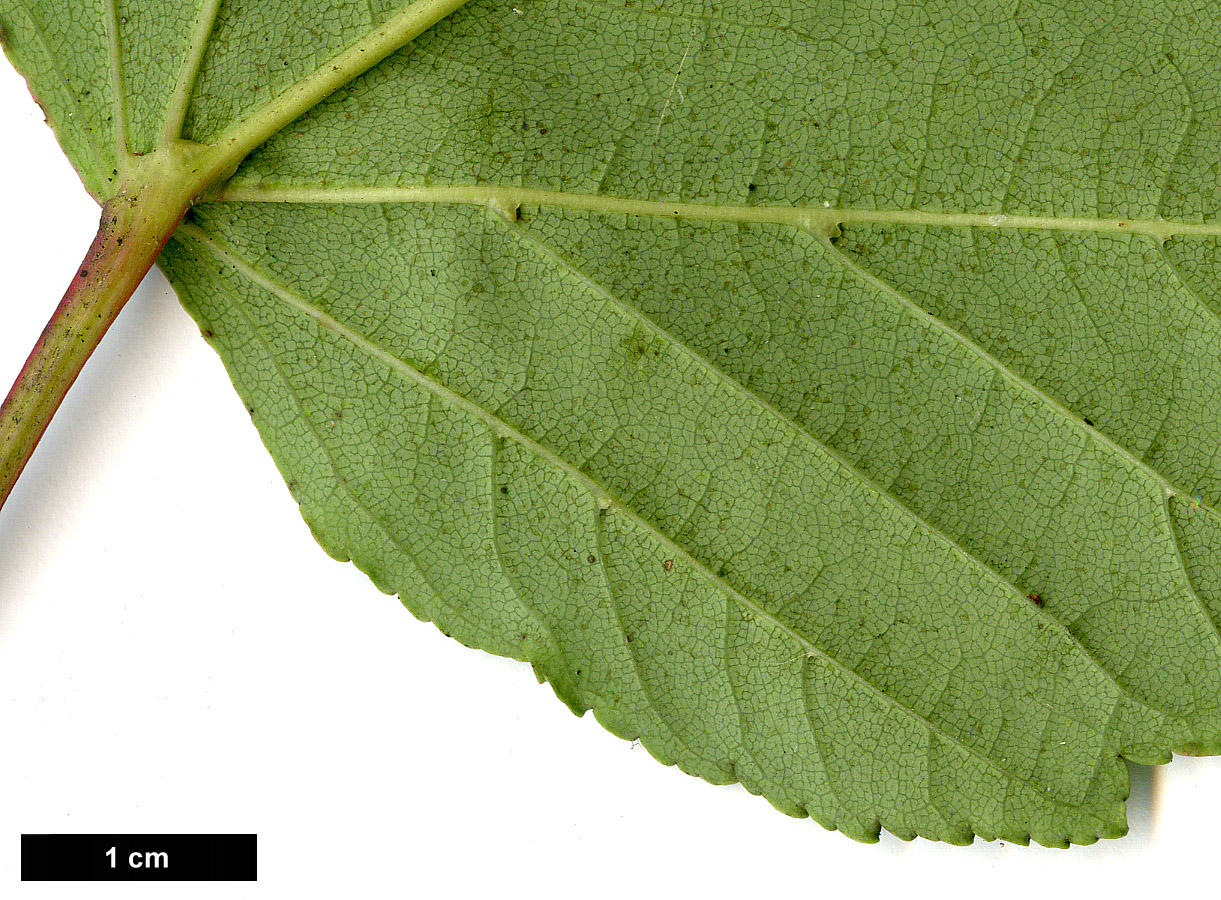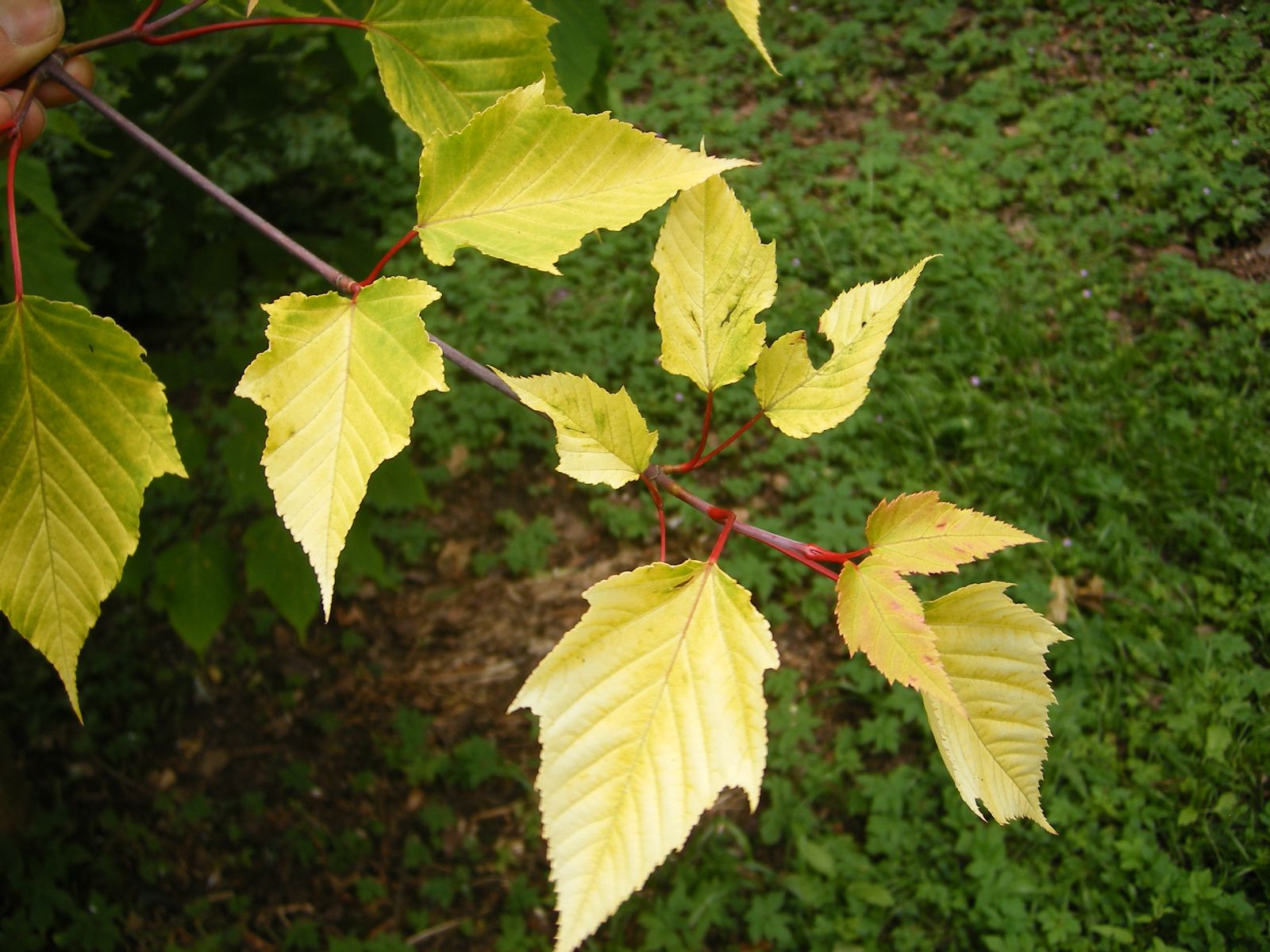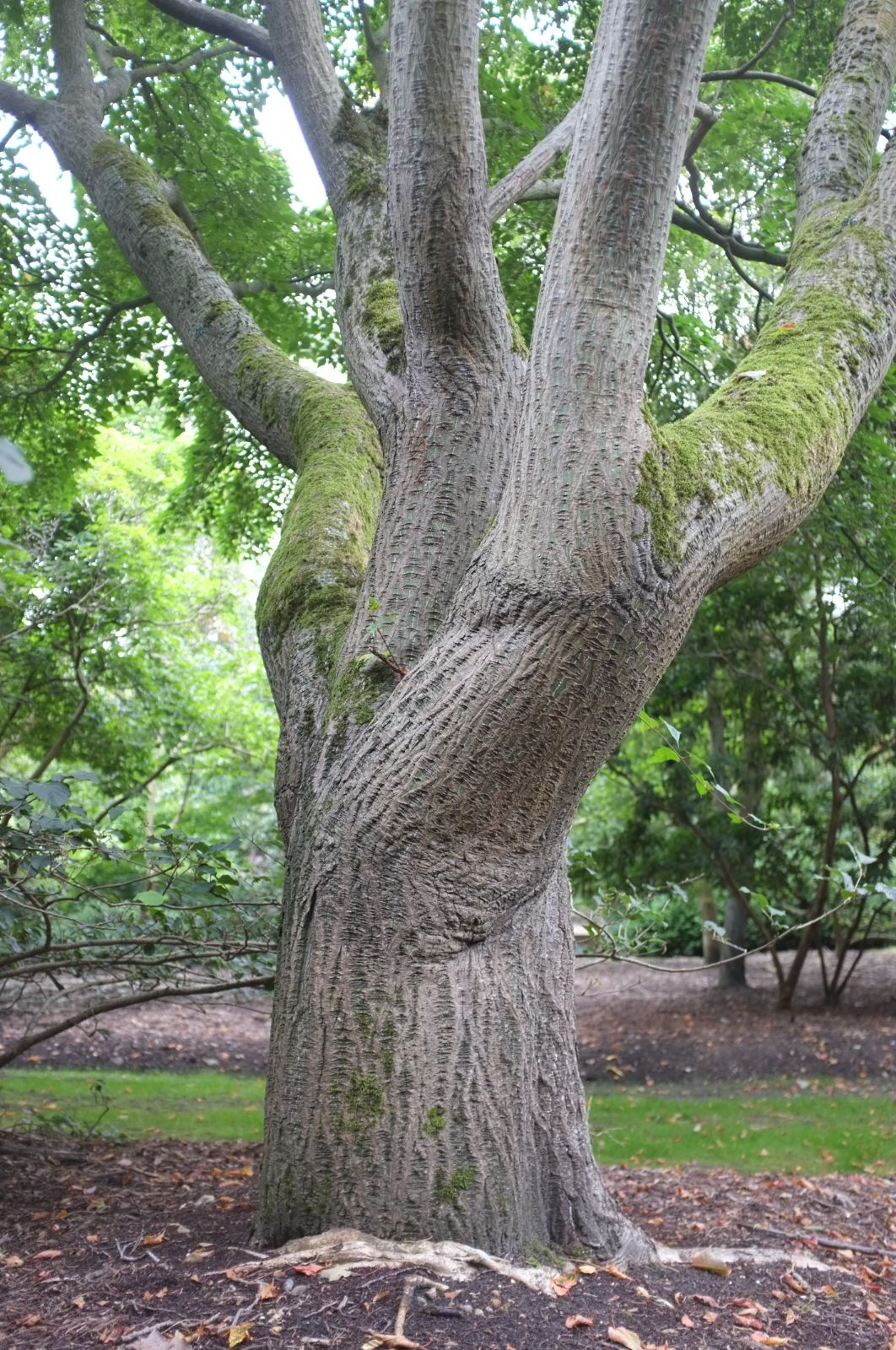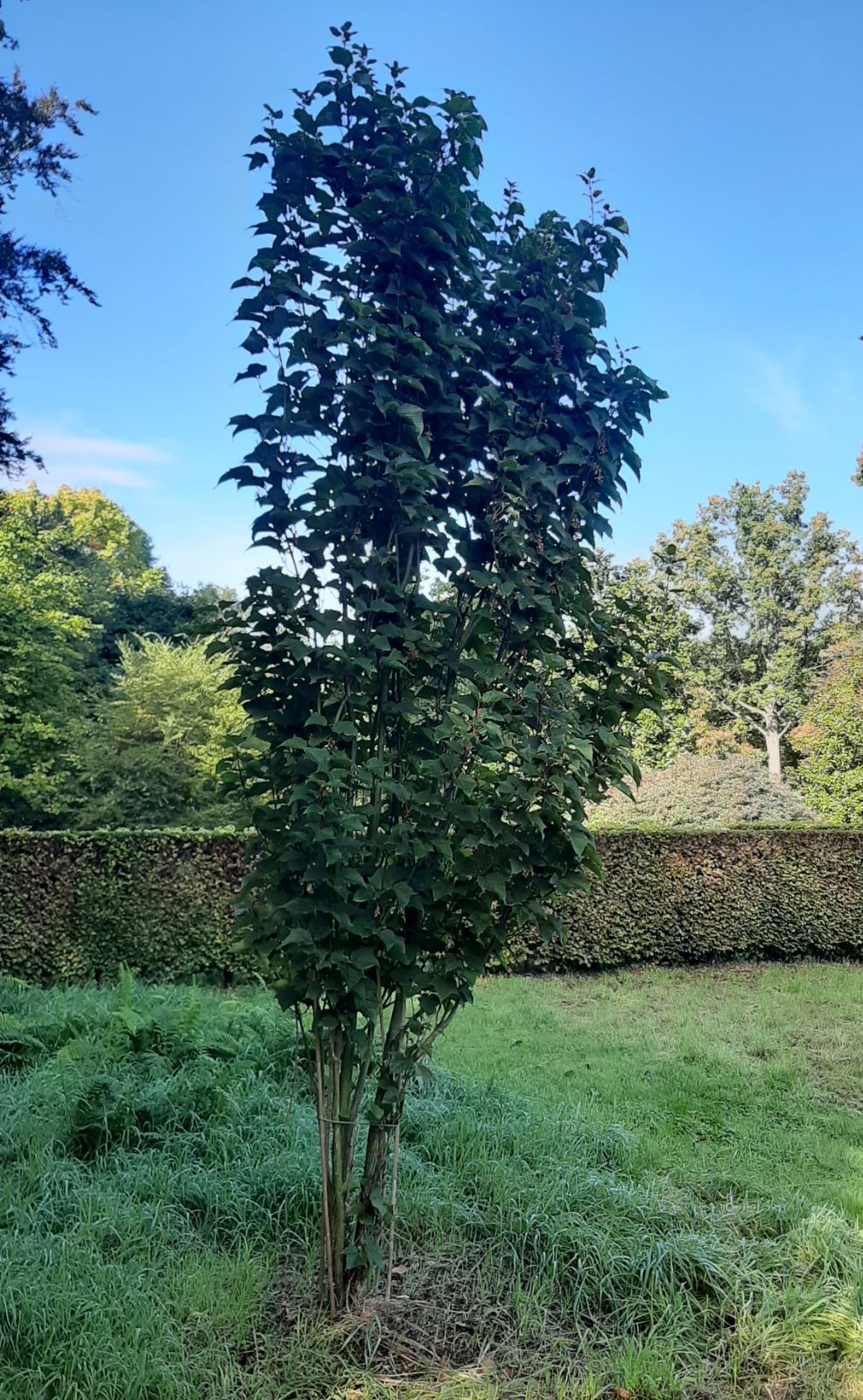Acer capillipes
Sponsor
Kindly sponsored by
Lawrence Banks
Credits
Dan Crowley (2019)
Recommended citation
Crowley, D. (2019), 'Acer capillipes' from the website Trees and Shrubs Online (treesandshrubsonline.
Genus
- Acer
- Sect. Macrantha
Common Names
- Ashiboso-urinoki
- Red Snakebark Maple
- Hosoe-Kaede
- Hair-foot Maple
Infraspecifics
Other taxa in genus
- Acer acuminatum
- Acer amplum
- Acer argutum
- Acer barbinerve
- Acer buergerianum
- Acer caesium
- Acer calcaratum
- Acer campbellii
- Acer campestre
- Acer 'Candy Stripe'
- Acer cappadocicum
- Acer carpinifolium
- Acer 'Cascade'
- Acer caudatum
- Acer ceriferum
- Acer chapaense
- Acer chienii
- Acer circinatum
- Acer cissifolium
- Acer × conspicuum
- Acer cordatum
- Acer coriaceifolium
- Acer × coriaceum
- Acer crataegifolium
- Acer davidii
- Acer diabolicum
- Acer distylum
- Acer divergens
- Acer duplicatoserratum
- Acer elegantulum
- Acer erianthum
- Acer 'Esk Flamingo'
- Acer fargesii
- Acer fenzelianum
- Acer flabellatum
- Acer forrestii
- Acer franchetii
- Acer × freemanii
- Acer fulvescens
- Acer 'Gimborn'
- Acer ginnala
- Acer glabrum
- Acer 'Gold Coin'
- Acer granatense
- Acer grandidentatum
- Acer griseum
- Acer heldreichii
- Acer henryi
- Acer × hillieri
- Acer hookeri
- Acer hyrcanum
- Acer japonicum
- Acer kawakamii
- Acer komarovii
- Acer laevigatum
- Acer laurinum
- Acer laxiflorum
- Acer lobelii
- Acer longipes
- Acer macrophyllum
- Acer mandshuricum
- Acer maximowiczianum
- Acer maximowiczii
- Acer metcalfii
- Acer miaotaiense
- Acer micranthum
- Acer 'Mindavi'
- Acer 'Minorient'
- Acer miyabei
- Acer miyabei × campestre
- Acer monspessulanum
- Acer morifolium
- Acer 'Mozart'
- Acer oblongum
- Acer obtusifolium
- Acer okamotoanum
- Acer oliverianum
- Acer opalus
- Acer orientale
- Acer palmatum
- Acer papilio
- Acer pauciflorum
- Acer pectinatum
- Acer pensylvanicum
- Acer pentaphyllum
- Acer pentapotamicum
- Acer pictum
- Acer pilosum
- Acer pinnatinervium
- Acer platanoides
- Acer platanoides × amplum
- Acer platanoides × truncatum
- Acer × pseudoheldreichii
- Acer pseudoplatanus
- Acer pseudosieboldianum
- Acer pubinerve
- Acer pycnanthum
- Acer rubescens
- Acer rubrum
- Acer rufinerve
- Acer saccharinum
- Acer saccharum
- Acer sempervirens
- Acer 'Serpentine'
- Acer serrulatum
- Acer shenkanense
- Acer sieboldianum
- Acer sikkimense
- Acer 'Silver Cardinal'
- Acer 'Silver Ghost'
- Acer sinense
- Acer sinopurpurascens
- Acer spicatum
- Acer stachyophyllum
- Acer taronense
- Acer tataricum
- Acer tegmentosum
- Acer tenellum
- Acer tetramerum
- Acer tibetense
- Acer tonkinense
- Acer triflorum
- Acer truncatum
- Acer tschonoskii
- Acer turkestanicum
- Acer tutcheri
- Acer ukurunduense
- Acer velutinum
- Acer wardii
- Acer 'White Tigress'
- Acer wilsonii
- Acer × zoeschense
A deciduous tree to 15(–20) m in the wild. Bark dark green with pale grey, longitudinal stripes, turning pale brown and shallowly fissured with age. Branchlets glabrous, purplish red to green, glaucous or not, strongly striped white. Buds stipitate, ovoid, with 2 pairs of valvate scales, green to red. Leaves chartaceous, pentagonal in outline, base cordate to rounded, 3– (rarely 5–) lobed, 8–15 × 7–12 cm, lobes ovate, the central lobe long, lateral lobes forward pointing, basal lobes absent or obscure, apex long acuminate, margins irregularly double-serrate, upper surface dark green, lower surface paler, with reddish to rusty pubescence at first, soon glabrous, with small, prominent membranes in promart axils; petiole 3–8 cm long, red, grooved; autumn colours yellow to deep red. Inflorescence axillary or terminal, racemose, glabrous, pendulous or soon becoming so, 20–50 flowered, ~10 cm long. Flowers yellowish-green, 5-merous, pedicels slender, 0.8–1.5 cm long, sepals oblong, ~0.3 cm long, petals narrowly obovate, ~3.5 cm long, stamens 8, inserted outside the nectar disc. Samaras 1.3–1.8 cm long, wings spreading at right angles or more broadly; nutlets ovoid, concave on one side. Flowering May, fruiting in October (Bean 1976a; van Gelderen et al. 1994; van Gelderen & van Gelderen 1999; Ogata 1999).
Distribution Japan Honshu, Shikoku
Habitat Temperate, deciduous forests between 600 and 1000 m asl.
USDA Hardiness Zone 5-6
RHS Hardiness Rating H6
Awards Award of Merit
Conservation status Least concern (LC)
A reliable performer, Acer capillipes is regarded by many as one of the finest snakebark maples, and as one of the best of all cultivated Acer species by van Gelderen et al. (1994). This praise is in part owed to its unfussiness in terms of growing requirements, though it should be said that will not thrive in overly wet conditions, nor is it fond of alkaline soils (Harris 2000). Jacobson (1996) notes that Michael Dirr once said this was the most heat-tolerant of the snakebarks, while Johansson (2016) records it as the only snakebark survivor of the predominantly dry conditions of northern Texas, though acknowledging that he hadn’t tried all of the cultivated taxa in the section. Together with A. rufinerve it is regarded as one of two ‘bomb proof’ snakebarks at Hergest Croft in Herefordshire (W.L. Banks, pers. comm. 2020). In spring its foliage unfolds red, soon turning green, while the expanded, recurved inner bud scales provide further ornamentation, though the closely related and morphologically similar A. morifolium is perhaps more spectacular in this regard. In autumn, trees colour strongly from yellow to deep red. The pale striations of its bark are eventually lost in maturity, though, and as is true with all other members of section Macrantha, it is not a long-lived species.
A. capillipes was introduced to Western collections from seed collected in 1892 by Charles Sargent for the Arnold Arboretum, with plants sent to RBG Kew by 1894 (Bean 1976a). Despite its reliability it is not generally grown outside specialist tree collections, though it may be often seen around Vancouver, with its circulation in the trade as Acer davidii suggested as a reason for this popularity (Justice, in press.). It grows easily from seed, and though it may not be as promiscuous as other members of the section (van Gelderen & van Gelderen 1999), some hybrids are known (van Gelderen et al. 1994; le Hardÿ de Beaulieu 2003). There are several large examples in the Valley Gardens, Windsor, though in stature and foliage characters, at least, some of these are suggestive of a hybrid origin. Examples at Westonbirt, grown from seed collected in Shizuoka prefecture in 2006 under numbers NAJAPAN 68 and 81 have grown strongly for a decade beneath the dappled shade of Larix × marschlinsii and, with much space, have grown far wider than tall. The UK and Ireland Champion, measured 16.2 m tall in 2017, grows at the Sir Harold Hillier Gardens (The Tree Register 2019).
Glabrous, three-lobed leaves, with distinct membranous sheets in primary and some secondary vein axils distinguish this species from other members of section Macrantha. It is most similar to Acer morifolium, which generally has fewer flowers per inflorescence, and unlobed leaves without membranous sheets in the secondary vein axils. Being of more southerly origin in Japan it is unsurprising that, in the south and west of England at least, A. morifolium also flowers some time earlier than this species. A. capillipes may also be confused with A. rufinerve, though it is easily separated from that species by its red petioles and glabrous, rather than rufous pubescent, lower leaf surfaces, and although the new shoots of A. capillipes can be somewhat bloomed, this character is rarely as marked as it is in A. rufinerve.
'Antoine'
RHS Hardiness Rating: H6
An upright selection growing to around 5 m tall (Plantentuin Esveld (undated)). Possibly raised in 2014 (Hatch 2018–2020).
'Golden Increase'
A selection with yellow-green leaves, ‘Golden Increase’ has leaves that turn pale as the season progresses, along nearly yellow stems. Its autumn colouration is unspectacular, though it can exhibit interesting blotching and variation (E. Davis, pers. comms. 2019).
'Honeydew'
RHS Hardiness Rating: H6
Attractive in spring with leaves emerging creamy white or yellow (‘bright reddish-orange to coral-melon’ according to Hatch (2018–2020)), though somewhat prone to sun scorch. Its leaves turn gradually pale green during summer, before colouring orange in autumn. Its stems are golden green and lack any marked striations (E. Davis, pers. comm 2019).

